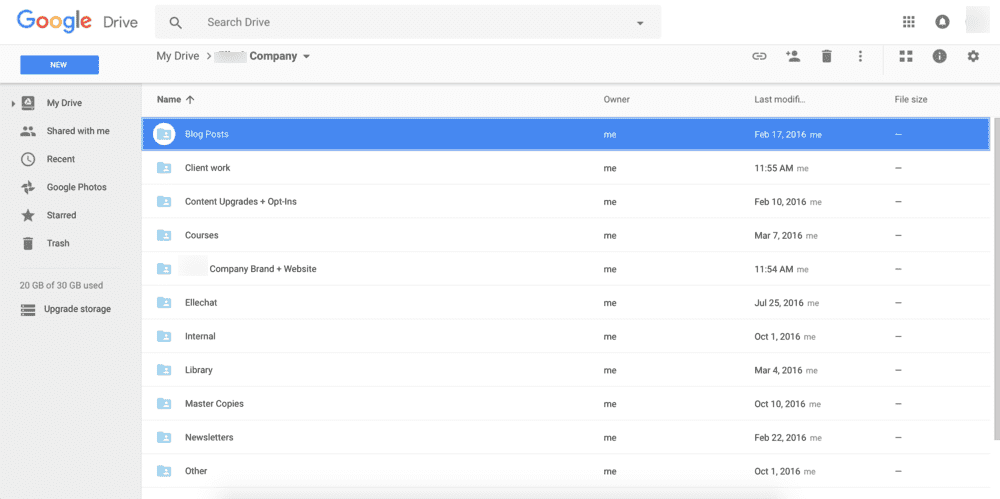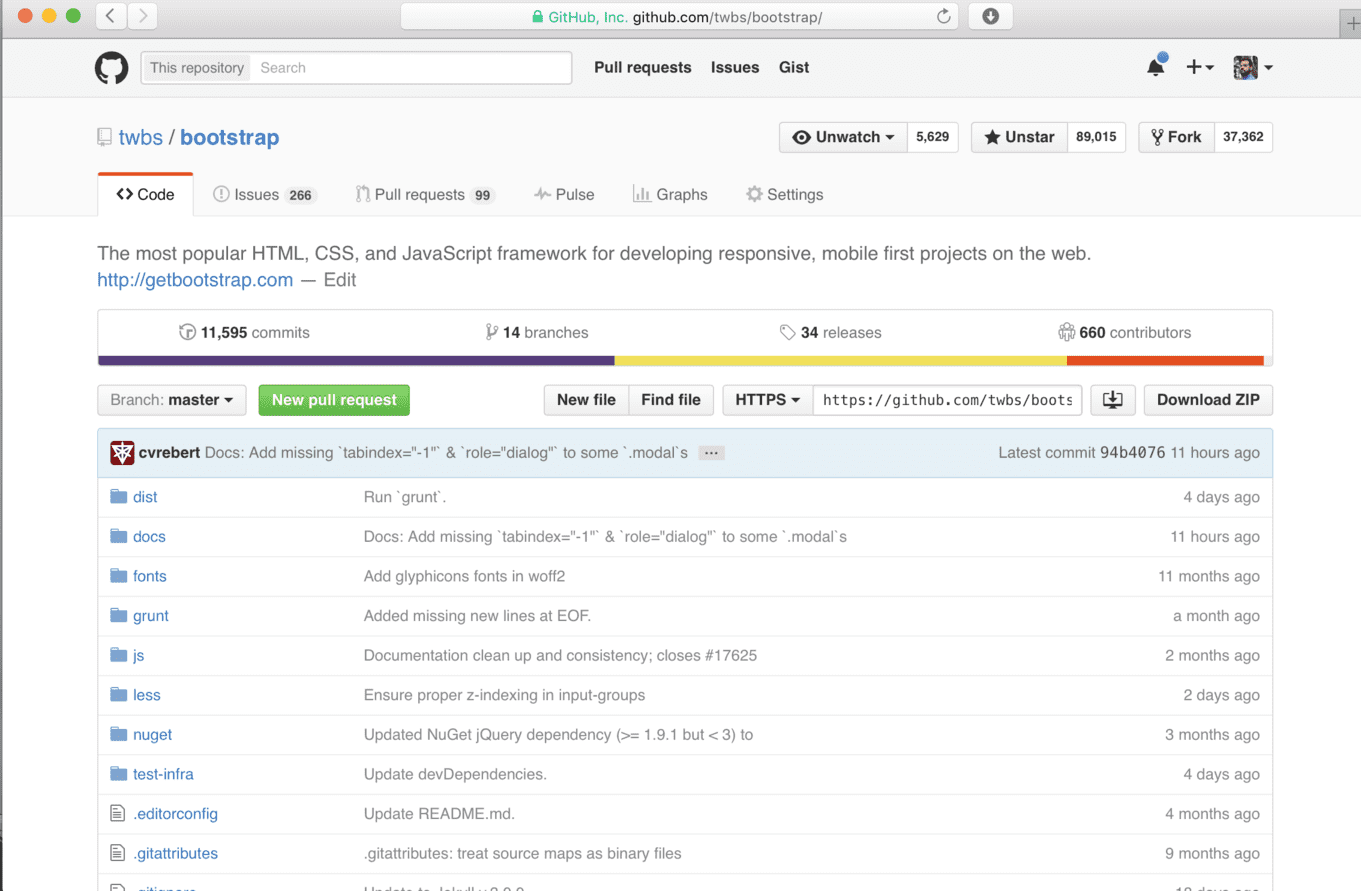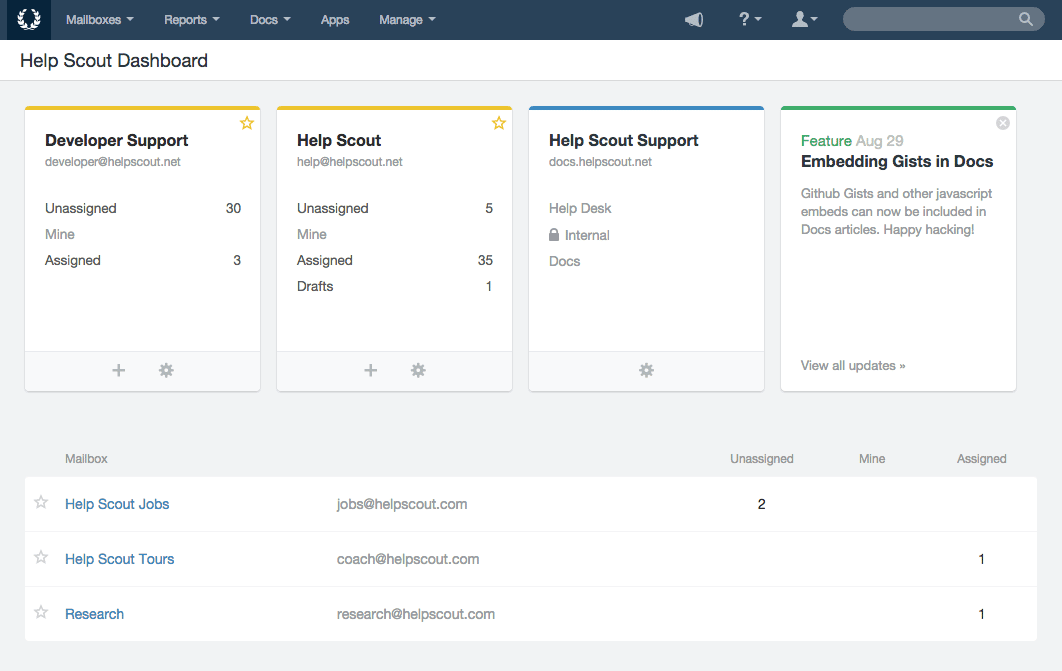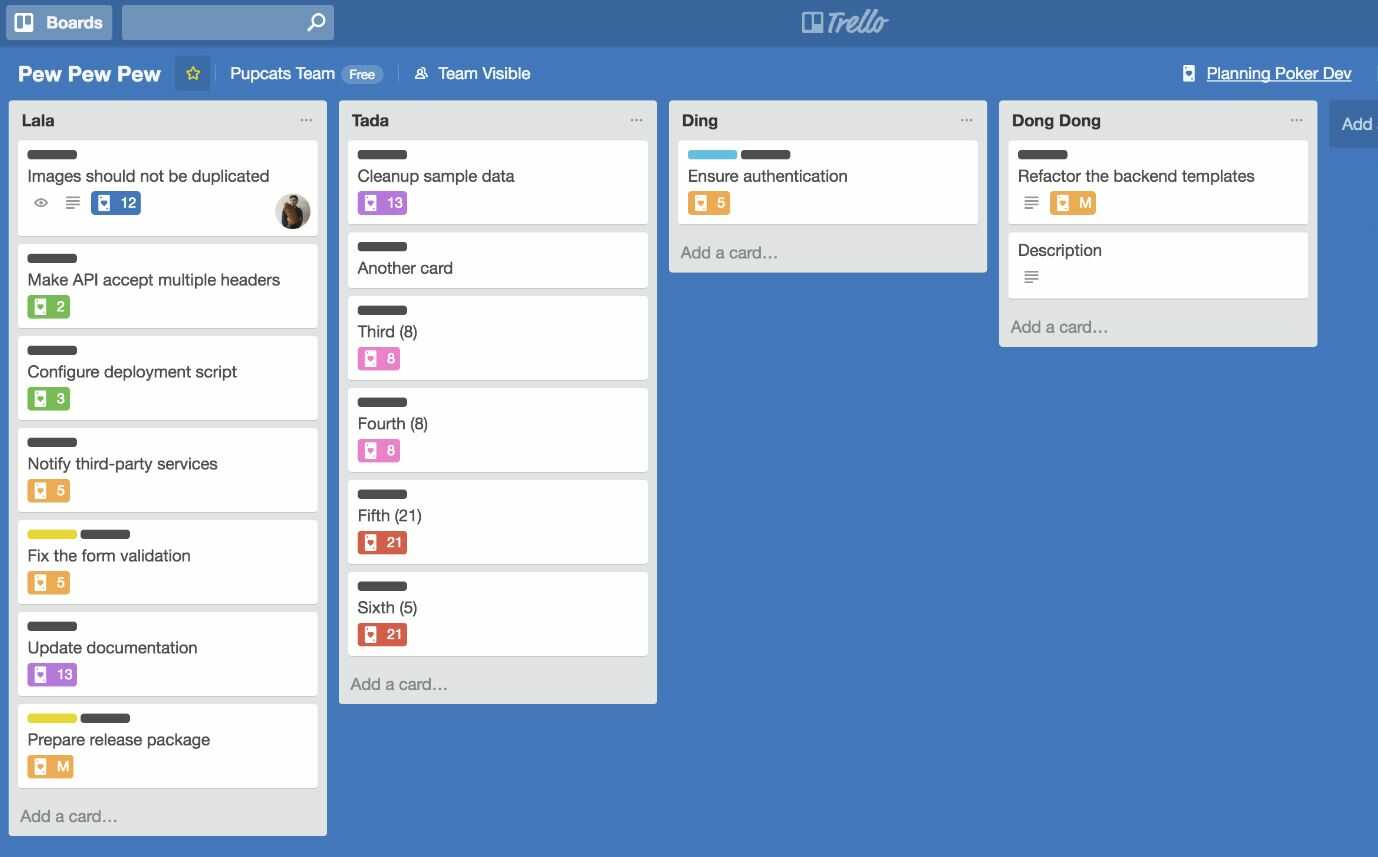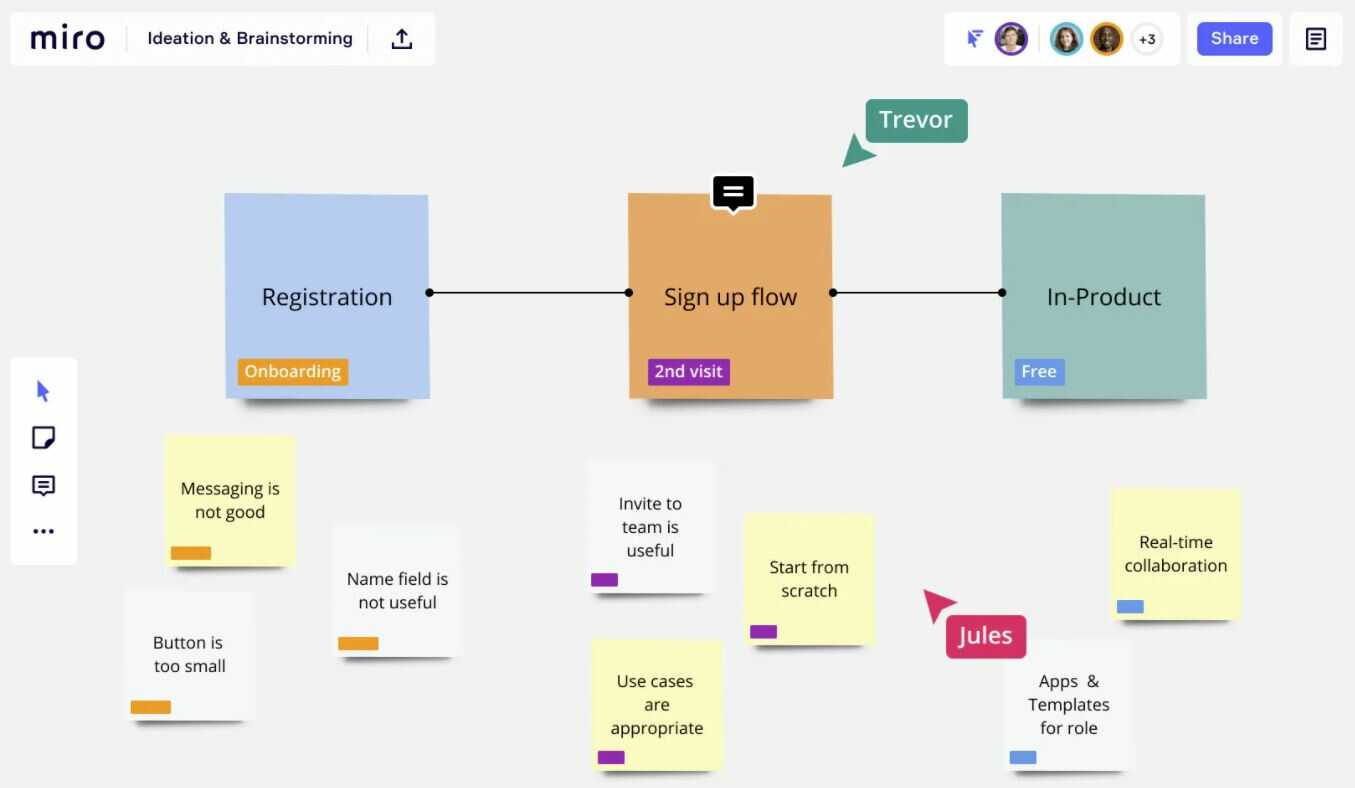Exposure to new markets and reduced office expenses have increased the adoption of remote work worldwide.
Remote work has the potential to significantly lower office expenses for businesses in several ways:
- Reduced office space
- Lowered equipment costs
- Lowered supplies costs
- Reduced maintenance and cleaning costs
- Reduced transportation costs
While additional costs may be associated with managing remote workforces, such as investing in remote collaboration tools or providing support for employees who work from home, these costs are often offset by the significant savings from reduced office expenses.
In fact, 90% of employers have reported that their organization’s productivity has remained the same or even improved after shifting to remote work and adopting remote work tools.
However, despite all these benefits, staying connected and working with a remote team can be tricky.
Different time zones, lack of non-verbal cues, and miscommunication are some common challenges remote workers face.
Remote working explained
Remote working, or telecommuting or working from home, refers to a work arrangement where employees can perform their job duties outside their employer’s office or physical workplace.
This type of work can include working from home, a co-working space, or any other location with internet access.
Remote workers communicate with their colleagues and managers via online tools such as email, video conferencing, and messaging apps.
Remote working has become more prevalent in recent years due to technological advancements and changes in work culture.
It offers increased flexibility, reduced commute time, and better work-life balance.
Remote work tools to enable remote team collaboration
Fortunately, several remote work tools are available to boost productivity and collaboration when working from home.
Here are the different work-from-home software tools we recommend, along with how each tool can help your company create an ideal working atmosphere for a remote workforce.
Table of contents
- 1. Piktochart – best for creating and managing visual assets
- 2. Slack – best for real-time chat/instant messaging
- 3. Google Drive – best for file storage, management, and sharing
- 4. Zoom – best for video meetings and webinars
- 5. Github – best for software development collaboration
- 6. Help Scout – best for customer helpdesk/support teams
- 7. Jira – best for bug tracking and test case management
- 8. Trello – best for user-friendly project management
- 9. Miro – best for digital ideation and brainstorming
- 10. Google Calendar – best for online scheduling and event sharing
- 11. Loom – best for recording screencasts
1. Piktochart – best for creating and managing visual assets
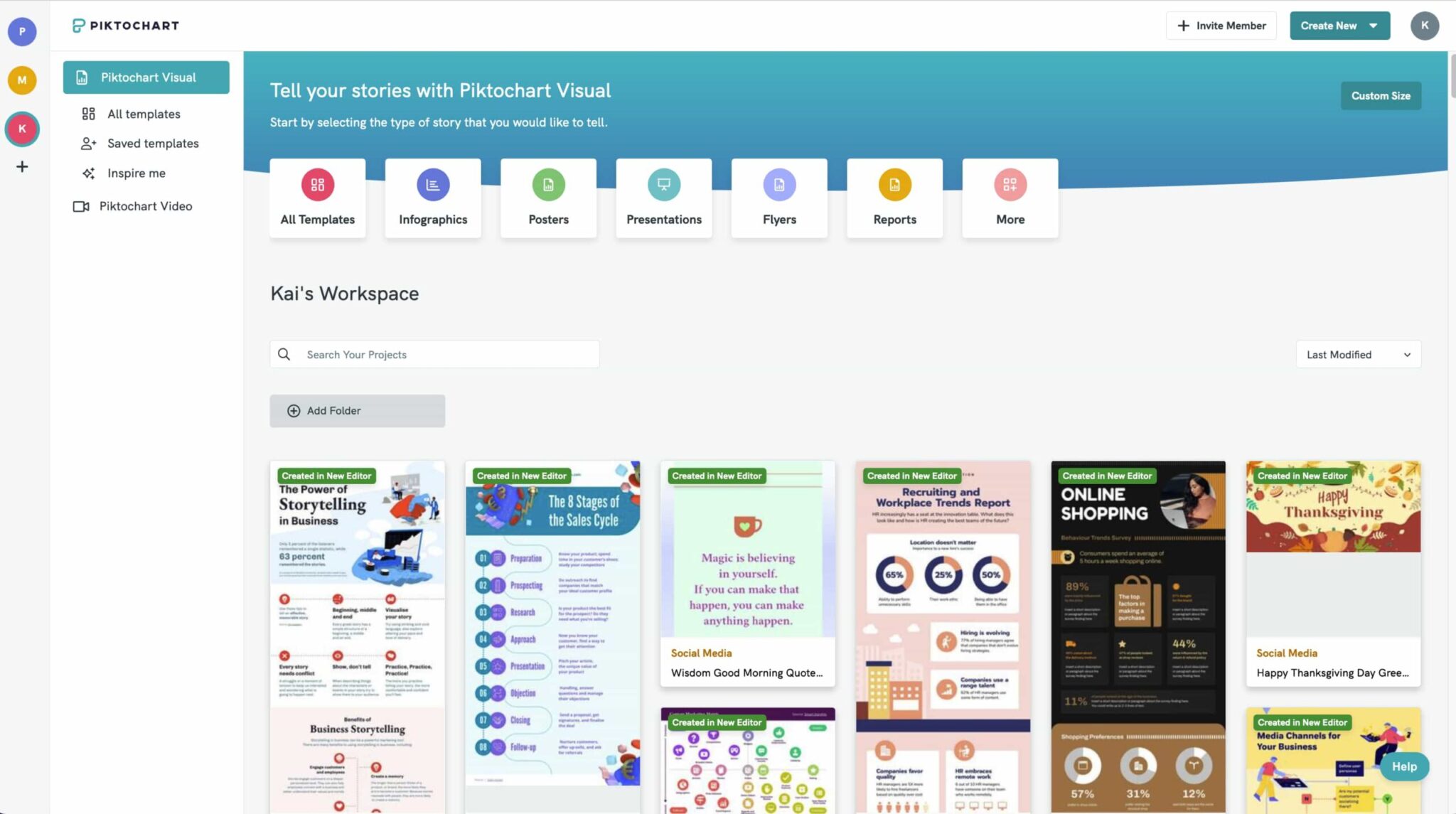
Sharing and presenting data in an engaging and digestible way is essential to effective remote work. This is where Piktochart comes in. It helps you create infographics and presentations that capture attention and convey your point.
Even if you aren’t artistic enough, Piktochart has hundreds of ready-made templates to easily design business presentations, proposals, training templates, infographics, and much more.
Using these templates, you can create and share useful materials for your virtual team, such as support content for onboarding employees, sales presentations, performance review criteria, and even to-do lists.
Moreover, Piktochart also comes with an easy-to-use screen recording feature, perfect for remote teams who often use asynchronous videos.
2. Slack – best for real-time chat/instant messaging

Since seamless communication is key to a successful remote operation, employing a tool like Slack is critical for remote teams.
Slack is a prominent instant messaging tool connecting you with colleagues via a practical and user-friendly interface.
Using apps like G Suite, Adobe Creative Cloud, and Dropbox? Slack offers smooth integration with these too.
In addition, Slack is available in both mobile and web versions, allowing users to collaborate from anywhere, with almost any device.
Integral features like advanced search modifiers and access to shared channels across workspaces make it a great remote work software.
3. Google Drive – best for file storage, management, and sharing
Organizations are increasingly using cloud storage to save and share important files.
In fact, the total amount of data stored in the cloud will reach 100 zettabytes by 2025, according to the 2020 Data Attack Surface Report.
And one of the market leaders in sharing files online is Google Drive.
Google Drive is a cloud storage platform that secures your files centrally.
Everything, including documents, spreadsheets, and slide presentations, can be stored and shared via Google Drive.
You can even sync and grant your global team access to the files across devices on different levels.
It makes sharing and viewing files safe and simple.
4. Zoom – best for video meetings and webinars
Zoom is a fast and lightweight video conferencing platform that integrates smoothly with Google Calendar.
It is one of the best tools for working remotely because of its high-quality video conferencing capabilities, with features like instant messaging and screen sharing.
Another useful feature is video recording during a video call that enables screen sharing, to stay connected and share meeting recordings with the entire team across multiple time zones.
You can also use this capability to make educational videos and document frequently used procedures.
To maintain privacy in your video conferences, you can also set up invitation-only meetings that limit access to your team only.
Moreover, you can create Zoom Rooms to serve as virtual conference rooms to collaborate with your remote team.
How has Zoom grown in the past years with remote working?
Zoom has experienced tremendous growth since the start of the COVID-19 pandemic in early 2020.
As more people began working remotely and practicing social distancing, there was a sudden demand for video and collaboration software tools.
Zoom was well-positioned to meet this demand, and its platform quickly became one of the most popular tools for virtual work and virtual meetings.
According to Zoom’s Q3 2021 earnings report, the company reported revenue of $777.2 million, a 367% increase from the previous year’s period.
Zoom’s customer base also grew significantly, with the company reporting over 433,700 customers with more than ten employees, representing a 485% increase from the same period in the previous year.
In addition to its strong financial performance, Zoom has also expanded its feature set and functionality to meet the needs of remote workers and businesses.
The platform now includes virtual backgrounds, breakout rooms, and integrations with other collaboration tools.
Overall, Zoom’s growth during the pandemic highlights the importance of video chat apps and collaboration tools for remote work and virtual communication.
5. Github – best for software development collaboration
Any coder true to his salt would tell you the importance of Git for writing fully functional code.
GitHub provides a remote server with a compelling web interface to host your code and communicate with other project members on the server.
It redefines the way you code and improves your workflow.
GitHub is a web-based platform that supports remote teams in several ways.
Below are some examples:
- Centralized code repository: GitHub provides a centralized platform where remote employees can store and access code repositories from anywhere with internet access. This helps ensure that all stakeholders work with the most up-to-date code, reducing the risk of conflicts or version control issues.
- Collaboration tools: GitHub provides collaboration tools such as pull requests and code reviews, which allow stakeholders to provide feedback and contribute to each other’s code. This helps remote teams work together more effectively and maintain high code quality standards.
- Issue tracking: GitHub provides a built-in issue-tracking system that enables teams to manage and prioritize tasks, bugs, and feature requests. This helps remote teams stay organized and on top of their work, even when employees are in different time zones or locations.
- Integrations: GitHub integrates with other tools and platforms, such as project management software, communication tools, and continuous integration/continuous deployment (CI/CD) pipelines. This makes it easy for remote teams to connect their workflows and tools and to automate repetitive tasks.
GitHub’s support for centralized code repositories, collaboration tools, issue tracking, and integrations make it a valuable platform for remote teams working on software development projects.
With the aforementioned features like access control, bug tracking, task management, continuous integration, and wikis, GitHub definitely makes our list of remote working tools for virtual teams and allows users to develop the most competent collaborative projects.
6. Help Scout – best for customer helpdesk/support teams
As your business grows, so will your support tickets.
Help Scout is a tool meant to handle remote service requests and keep track of each case, so nothing slips through the cracks, and everyone is on the same page, even with remote working.
It offers a range of tools and features designed to help businesses improve their customer support processes and provide better customer experiences.
Some of the key features of Help Scout include:
- Ticket management: Help Scout allows businesses to manage and track customer inquiries and support requests, making prioritizing and responding to customer inquiries easy.
- Team collaboration: Help Scout enables team members to collaborate on customer support requests, assign tickets to specific team members, and communicate with customers directly through the platform.
- Knowledge base: Help Scout includes a feature that businesses can use to create and share helpful articles and resources with their customers.
- Integrations: Help Scout integrates with various other tools and platforms, such as CRM systems, management tools, and e-commerce platforms, making it easy for businesses to connect their customer support workflows with other parts of their business.
- Reporting and analytics: Help Scout provides reporting and analytics features that enable businesses to track key metrics related to their customer support performance, such as response times, ticket volume, and customer satisfaction.
Overall, Help Scout is a comprehensive customer support and help desk platform that can help businesses improve their customer support processes and provide better customer experiences.
With Help Scout, you can:
- Handle incoming emails
- Reply or forward support requests
- Assign tickets to teammates
- Edit the status of a ticket so everyone’s on the same page
- Save historical data about customers and their needs
- Get feedback from customers on the quality of support
With a dashboard that combines data from multiple shared inboxes, you can easily view and manage all your support tickets from one place.
It also offers robust analytics reporting to track estimated delivery times and the daily progress levels for every significant task.
7. Jira – best for bug tracking and test case management

Jira is an agile project management software that helps software development professionals plan, track, and release product updates.
From ideation to execution, it can streamline the entire software development lifecycle.
With Jira, you can regularly track software issues and organize your project according to your preferred systems, such as Kanban, Scrum, and Scrumban.
In addition, employers prefer Jira as an efficient remote work software because it allows them to track daily progress, delivery dates, and employees’ work status.
Along with data flexibility, users can create visual reports to get actionable insights into their agile workflows.
Agile workflows for remote team management and managing projects
An agile workflow is a flexible and iterative approach to project management that emphasizes collaboration, continuous improvement, and rapid feedback.
Agile methodologies are often used in software development but can also be applied to other types of projects to track progress.
The fundamental principles of agile include:
- Iterative development: Rather than completing all work at once, an agile workflow breaks the project down into smaller, more manageable pieces called sprints. Each sprint is typically 1-4 weeks long and culminates in a working prototype or minimum viable product (MVP).
- Cross-functional teams: Agile teams are typically comprised of individuals with a diverse range of skills, including developers, designers, and business analysts. This enables teams to work more efficiently and collaboratively and to share knowledge and best practices.
- Continuous feedback: Agile methodologies emphasize the importance of rapid feedback and iteration. This means that teams constantly test and refine their work based on feedback from stakeholders, customers, and other team members.
- Emphasis on individuals and interactions: Agile workflows prioritize the needs and experiences of individuals and promote open communication and collaboration between employees.
- Flexibility and adaptation: Agile workflows are designed to be adaptable and flexible, so teams can adjust their approach based on changing requirements, priorities, or feedback.
In short, an agile workflow is a dynamic and collaborative approach to project management that prioritizes flexibility, continuous feedback, and rapid iteration.
8. Trello – best for user-friendly project management
Trello is a leading project management software with built-in collaboration features.
The Kanban approach is at the center of its functioning, where team leads can assign specific “boards” to every project and update daily tasks.
The visual list creation feature is, in fact, the reason why most users prefer using the tool for working remotely.
This project management tool facilitates rearranging tasks, delegating assignments, and tracking projects in real time.
Trello is entirely suitable for remote working as it allows you to see task completion status at various stages while simplifying asynchronous communication.
Trello is a web-based project management tool that can be particularly useful for distributed teams.
Here are some reasons why Trello is great for remote team management:
- Visual organization: Trello’s interface is highly visual, with cards, lists, and boards that can be customized to match the team’s workflow. This can be helpful for remote workers that need to keep track of multiple projects and tasks in a clear and organized way.
- Collaborative features: Trello offers a range of collaborative features, including the ability to assign tasks to team members, add comments and attachments, and set due dates. These features make it easy for remote employees to work together on tasks and stay on top of their progress.
- Remote access: Because Trello is a web-based tool, remote employees can access it from anywhere with an internet connection. This allows team members to stay updated, working in different time zones or locations.
- Integration with other tools: Trello integrates with various other tools and platforms, such as Slack, Google Drive, and GitHub. This can help distributed teams connect their workflows and streamline their processes.
- Mobile app: Trello offers a mobile app that allows team members to access and manage their tasks from their smartphones or tablets. This can be helpful for remote team members that need to stay connected and productive on the go.
Overall, Trello’s visual organization, collaborative features, remote access, integration capabilities, and mobile app make it a valuable tool for remote employees looking to stay organized, productive, and connected.
It’s also one of the most user-friendly project tools you’ll ever use; for remote teams and beyond.
9. Miro – best for digital ideation and brainstorming
A digital whiteboard facilitates accessible, engaging, and intuitive collaboration among team members.
Why a digital whiteboard is a great remote work tool
A digital whiteboard can be a great brainstorming tool enabling team communication for creative projects and more for several reasons:
- Flexibility: Unlike a traditional whiteboard, a digital whiteboard can be accessed anywhere with an internet connection. This means that team members can collaborate on brainstorming sessions, even if they are working remotely.
- Real-time collaboration: With a digital whiteboard, team members can collaborate in real time, adding and editing ideas. This can help ensure everyone’s ideas are captured, and that the brainstorming session is as productive as possible.
- Multimodal input: Digital whiteboards often support a range of input methods, including typing, drawing, and voice input. This can help facilitate more creative and diverse brainstorming sessions.
- Easy to save and share: Digital whiteboards are easy to save and share, which can be helpful for teams who want to revisit their ideas later or share them with others.
- Integration with other tools: Many digital whiteboards can integrate with other tools and platforms to help streamline workflows and ensure that ideas are captured and acted upon.
Overall, a digital whiteboard can be valuable for virtual teams looking to brainstorm and collaborate on ideas.
By providing real-time collaboration, multimodal input, and easy sharing and integration capabilities, a digital whiteboard can help facilitate productive and creative brainstorming sessions, regardless of team members’ locations.
And it’s great to get your creative juices flowing.
Miro is a great tool that offers a similar service, with real-time and asynchronous team association options using an online whiteboard.
For remote workers, Miro empowers brainstorming and sharing ideas extensively with team members.
You can draw, add sticky notes, and even import photos and images of your projects on these simple-to-navigate whiteboards.
Unlike other remote work tools, Miro provides a digital yet conventional ideation platform to enhance employee productivity.
Plus, it works really well with touchscreens, giving you a natural and futuristic experience.
10. Google Calendar – best for online scheduling and event sharing
Google Calendar is an efficient scheduling tool that gives you on-time reminders for all your events and meetings.
Even when you are not physically present in your workspace, you only need your smartphone to access this remote work software to create and schedule your events.
It also allows you to share your calendar events with others so they can see what you have lined up and find an appropriate time to engage you.
But you may not always want everyone to be able to see everything on your calendar.
For example, you may want to separate your personal events from professional meetings.
So Google Calendar also lets you create multiple schedules with unique names and sets of events.
All you need to do is schedule an event using a different name each time you mark a private appointment in the calendar.
11. Loom – best for recording screencasts
Sometimes words alone cannot explain the steps required to do something on the computer.
But what if you could quickly record your actions and turn them into a video?
Loom is one of the most popular screencasting applications that work with Google Chrome, and offers a free plan and different paid plans.
With Loom, you can create detailed walk-through videos while performing tasks.
You can then share these videos with your team members to clearly communicate the instructions.
Team members can access all the recordings from anywhere, making Loom one of the best work-from-home software and third-party apps out there to avoid the worries of lack of coordination and aligning meeting schedules.
Work smarter remotely with Piktochart for Teams
Remote work is here to stay, and the journey to finding the best ways to manage projects and maintain team collaboration virtually has only just begun.
Both employers and the distributed team or remote workforce must adapt to existing remote work tools in time.
Hopefully, this list will help you adopt the right remote work software for your remote teams.
By tracking each project diligently and effectively managing the outputs of remote work, you can make it easy for everyone to adhere to your company’s mission and objectives.
Do not undermine the capabilities of even the simplest remote work tools out there, and make sure to evaluate both the paid plans and the free version before adopting a remote working software.
Deciding between different remote work tools
Choosing the right remote working tool can be challenging, as many options are available, and different tools may be better suited to different teams and workflows.
Here are some factors to consider when picking a remote working tool:
- Functionality: The tool you choose should have the functionality necessary to support your team’s workflows and processes. For example, if your team works on software development projects, you may need a tool that supports version control and code collaboration.
- Ease of use: The tool should be easy to use and intuitive, even for inexperienced team members. This can help ensure that everyone on the team can use the tool effectively and efficiently.
- Collaboration features: Collaboration is a key component of remote work, so the tool you choose should have features that enable team members to communicate, share files, and work together on tasks and projects. These features include video conferencing apps, real-time messaging, employee monitoring software, collaborative task management, etc.
- Security and privacy: Because remote working often involves accessing and sharing sensitive information, choosing a remote working software tool with strong security and privacy measures is essential.
- Integrations: The tool you choose should be able to integrate with other tools and platforms, like an instant messaging platform (i.e., Microsoft teams) that your team uses, such as project management software, communication tools, and file-sharing services.
- Cost: Consider the cost of the remote working software tool, including any subscription or licensing fees, as well as any additional costs associated with customization, training, or support.
- User reviews: Read user reviews and ratings to understand how other teams have used the remote working software tool, what they like about it, and any potential downsides or limitations. For example, can it integrate with existing infrastructure like Microsoft teams?
Overall, the key to picking a remote working tool is to identify your team’s specific needs and workflows and choose a tool that fits those needs seamlessly into your team’s processes.
Make remote work for you and your team by creating presentations, infographics, and instructional videos through Piktochart for Teams.
